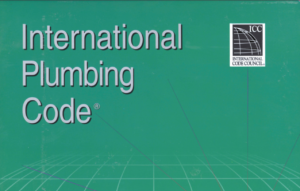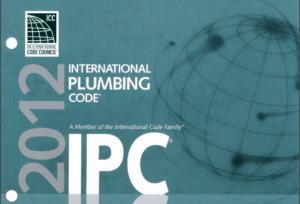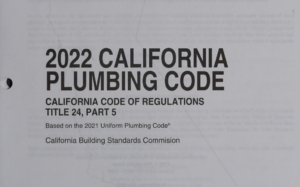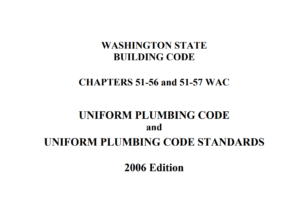The 2009 International Plumbing Code (IPC) establishes comprehensive guidelines for plumbing systems, ensuring safe and efficient water delivery and waste removal within buildings. It is structured to cover various aspects of plumbing from basic definitions to more complex system requirements, providing a systematic approach to both construction and maintenance of plumbing infrastructures.
Chapter 1 focuses on the administrative aspects, defining the scope of the code and ensuring due process in its enforcement to guarantee equal protection under the law. Chapter 2 is critical as it lays out definitions that are essential for the correct interpretation of the code, highlighting the importance of understanding specific terminologies that may differ from their general usage.
General regulations are detailed in Chapter 3, covering safety and installation standards for plumbing and associated systems. This includes the protection of building structure and integrity during plumbing installations and ensuring the systems do not impose undue stress on the building elements.
Subsequent chapters delve into specific components of the plumbing system. Chapter 4 regulates fixtures, faucets, and their fittings, specifying the minimum requirements and installation standards to ensure functionality and accessibility. Chapter 5 addresses water heaters, focusing on safety devices and installation criteria to minimize hazards.
The water supply and distribution are covered in Chapter 6, ensuring that all water delivered through the systems remains uncontaminated and potable. Chapter 7 details sanitary drainage system requirements, aiming for efficient and safe waste removal without compromising the system’s integrity.
Chapters on indirect and special waste systems, venting, and traps provide guidelines on handling more specialized or hazardous wastes and maintaining system integrity and air quality within the plumbing networks.
The IPC also includes chapters on storm drainage and special piping systems, which address the removal of stormwater and the safe installation and handling of gases in medical and other specialized environments.
Supporting these technical specifications, the IPC references a vast array of standards in Chapter 13, ensuring compliance and up-to-date practices are followed across all installations.
Appendices in the IPC provide additional resources such as fee schedules, rainfall rates, and sizing methodologies for water piping systems, aiding in the practical application of the code in various scenarios. These appendices serve as vital tools for professionals in the field, ensuring that plumbing systems are designed, installed, and maintained to the highest standards for safety and efficiency.






